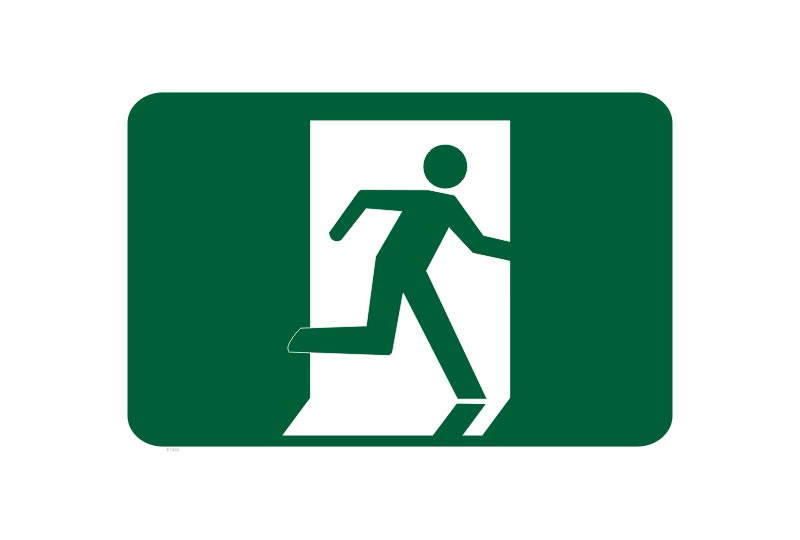Introducing common sense and realistic safety measures is one of the best ways to ensure your staff and your livelihood are safe and productive.
Fluctuations in stock volume and therefore workload contribute to potential safety hazards in the warehouse environment. And without correct management, these lapses in safety can lead to fines, increasing employee sick days and injuries through entirely preventable accidents.
One of the best ways for a manager to prevent these kinds of accidents is by trusting their workers with tasks, responsibilities and educational literature. This can then stand as the benchmark by which all managers, employees and temporary staff know they must adhere to.
This blog covers things that every manager should include within their initial safety checklist to ensure everything is working as efficiently as it should be.
Make Safety Expectations Obvious
Warehouse supervisors should always make sure all safety guidelines are posted clearly in conjunction with the procedures or equipment operating in the area – forklifts, pickers, loading/unloading etc.
Doing so ensures that everyone is clearly reminded of what is expected of them and the dangers that could result if these rules aren’t followed.
Set Minimum Standards
Setting clearly defined safety standards and explaining why they are in place ensures that safety is always at the forefront of thinking. Common sense rules make sense to everyone, but you should avoid going overboard, any rule that is deemed unnecessary, will be deliberately flouted.
Conduct Weekly Risk Assessments
Daily, weekly or monthly risk assessments allow you to pinpoint any growing issues within the operation. Take your checklists and take a stroll around the site to ensure everything is precisely how you have demonstrated that you expect it to be.
Offer Training
If something is amiss in your operation, find the responsible party and try to understand why standards have slipped. Perhaps it was a simple lapse in concentration, or maybe they require further training.
A business is only as good as its staff, and without competent and knowledgeable staff your operation doesn’t stand a chance. Training not only keeps everyone safe at work, but it also offers your employees the peace of mind that your care about them as people, which keeps them motivated and efficient.
Recognise Hard Work
Encourage your employees to share the achievements of their colleagues in which they excelled in a workplace safety scenario. Rewarding this kind of behaviour will encourage your workers to establish safe working habits.
Start a Safety Committee
Establishing a Safety Committee within the warehouse will ensure your employees talk to each other about issues they’ve seen around the premises. This group can be used to agree on future training opportunities, which can then be rolled out to every employee in the organisation.
Place Emergency Signage
Without adequate signage how can you expect your employees to know exactly where things like eye-wash stations, first-aid kits and fire extinguishers are located in an emergency. When time is at a premium, just an extra second could be disastrous and could spell the difference between and minor and major incident.
While these tips may seem simple, in practice they may not be as easy to implement.
This blog has been written to help you on your way to a safer workplace and is not an exhaustive guide, there many more procedures that you can implement depending on the sector in which you operate.









